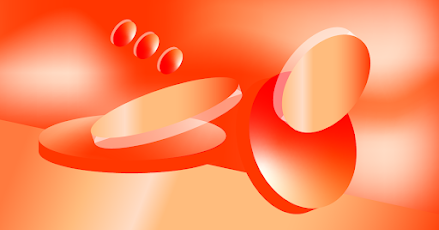We are truly living in an age of perpetual innovation and change. New trends and applications of old trends are perpetually looming on the horizon in digital and non-digital spheres, awaiting to introduce the world to new viewpoints or new applications to classic concepts. In the digital realm, these new ideas have introduced many revolutionary and lucrative applications over the years.
While the design has shifted from flat formats to ones that utilize a more gradient flow, many older concepts have been rendered obsolete. Gradients have been around for a while but did not get a lot of attention, while designs of websites were mostly static and simple. Recently, however, they have stormed back into the contemporary design as designers began to recognize the power of their application. Recent years have been introducing more variations of gradient design use than ever before.
Those in the web design industry must always strive for greatness in learning new things and implementing them in their projects. Top web design agencies always make sure that their teams are in a constant process of professional development. And there’s a good reason for that. The market overflows with web design contractors. It is ruthless to those that aren’t creative, hardworking, or smart enough, leaving them on the outskirts of the industry. Because gradients are now one of the most popular contemporary trends, grasping their application and concepts is more vital than ever.
Gradients In Web Design
The Encyclopedia of Pastel Techniques defines gradients as the visually artistic technique of transitioning between hues, shades, or textures using space, atmosphere, distance, volume, and rounded/curved forms as some of the resulting visual effects.
To put it another way, gradients are the transitions between colors, shades, and textures. But why is their use so important in website design? Let’s dive in.
Logo Creation
Gradients can help you develop an audacious and bold logo to present to your audience. When a visitor arrives at your site, your goal is to keep them there and have them look around until something captures their interest enough to take further actions instead of bouncing shortly after arriving. Because color gradients evoke an emotional response, the visitors’ brains are compelled to continue looking at the site for more extended periods.
Gradients have been used in the past, with transitional hues being used to navigate between sites. Still, it was Instagram’s rebranding effort in 2016 that was the catalyst for other brands to lean heavily into the use of gradients to cement their logos in their visitors’ minds. For instance, Spotify began to utilize duotone gradients to communicate emotion through particular playlists.
Color Prominence
Every designer wants their website to speak to visitors via its color tones. Therefore it is not a surprise that more and more designers are leveraging gradients to accomplish this

